Not too sure how to get the most out of your Amazon PPC budget? Amazon PPC ad campaigns can be pretty competitive. You might think that all campaign strategies are one and the same. However, there are a number of strategies you can utilize to not only drive better PPC results, but also bring your ad spend down and stretch your ad budget further.
Key Takeaways from this Post
Successful Amazon PPC campaigns rely on careful planning and execution. Having goals in place has been proven to help people achieve better results. Begin by developing SMART goals for each campaign to clarify its purpose and keep you on track.
Automatic campaigns save you time and can help you source high-performing keywords. Manual campaigns, on the other hand, offer considerably more flexibility. Gather keywords and negative keywords, and adjust your bids according to day, time, and SRP.
Link My Books is a powerful time-saving software. It automates your Amazon accounting by transferring financial data over to your accounting software. With Link My Books, you only need to spend 10 minutes per month on bookkeeping. This leaves you plenty of time to work on your PPC campaigns.







If you're considering how to scale Amazon FBA by optimizing your Amazon PPC ads, you're in the right place. Today, we've got 12 Amazon PPC optimization strategies for you to get stuck into.
What Most Sellers Get Wrong With Amazon PPC Campaigns

In our experience, there are several things that most sellers get wrong with their Amazon PPC campaigns:
Not Analyzing Ad Reports
Your ad reports, such as a daily summary report and search term report, will give you useful insights into campaign success. Not analyzing your reports means you wont have the right information to improve your Amazon PPC campaigns and their performance.
Your reports can tell you what keywords and search terms are working for you, what products are getting the most sales, and how your budget is being spent.
Advertizing Low-Stock Products
Advertizing low-stock products with PPC campaigns can be a waste of money. And, even be detrimental to your advertizing efforts. If you run ads and consequently run out of products, your listing can be pushed down in Amazon's ranks, even after you've restocked. This is why it's important to have a good inventory management system in place.
Not Optimizing Product Listings

If you're getting lots of ad clicks but not many Amazon PPC sales, it might be time to look at the quality of your product listings. A lot of Amazon sellers neglect this aspect, thinking in terms of ad clicks. But, you need to have a compelling listing to push further for a sale. Use high-quality images, clear descriptions (preferably with bullet points so it's scannable), and outline the benefits and features of the product.
Not Making the Most of Ad Groups
Amazon ad groups exist to make your life easier as an Amazon seller. They keep you organized, providing a way of methodically managing and organizing your campaigns. Many sellers don't make the most of these ad groups, through not using them effectively. That's why we're dedicating a section in this guide to making the most of Amazon ad groups.
Not Selecting the Right Match Type

Amazon has three keyword match types; broad match, phrase match, and exact match. Your choice of match type will impact ad performance and your ad spend. Many Amazon businesses focus on the wrong type for the wrong reasons. For example, choosing exact match for low-value keywords. Or, using broad match too often because it has a lower CPC.
A good Amazon campaign optimization strategy will include all three match types for different reasons and in different circumstances. They should be well-thought-out and align with your campaign objectives.
Types of Amazon Campaigns

Here are the three different ad types for Amazon PPC campaigns:
- Sponsored Product Ads: Your sponsored product Amazon PPC ads appear higher up in Amazon's SERP, at the side, and on related product pages. They'll be products from a number of different sellers mixed together.
- Sponsored Brand Ads: Sponsored brand ads are ads that display multiple products from one brand. They also feature your brand logo. Before you can launch this type of Amazon PPC campaign, you need to meet certain criteria to register with the Amazon Brand Registry.
- Sponsored Display Ads: This ad type also requires Amazon Brand Registry registration. Sponsored display ads are displayed across Amazon and Amazon's third-party network of websites and apps. For example, Twitch and IMDb.
Top Amazon PPC Campaign Optimization Strategies in 2024
- Define your campaign goals
- Keep campaign structures organized
- Use an Amazon ad optimization software
- Determine your target ACoS
- Compose a keyword list
- Use negative keyword targeting
- Automatic campaigns vs manual campaigns
- Gather product reviews
- Adjust bids according to page rank
- Adjust bids according to peak times
- Choose the right product for your brand ads
- Conduct A/B tests
Strategy #1: Define Your Campaign Goals

Before beginning your campaign, you must define its goals. These should be clear and reflect your overall business objectives. Campaign goals will help you tailor your PPC campaigns, assess their success, and boost future performance. They provide insights and clarity for how to optimize PPC campaigns.
While the ultimate goal for selling on Amazon is undoubtedly to generate sales, your campaign goals should be more targeted. For example:
- Increasing brand awareness amongst your target audience.
- Boost your market share.
- Generate interest in a new product line.
- Reduce your target advertising cost.
If, for example, your goal is to increase brand awareness, your focus might be to bid on high-volume, broad match keywords and search terms so your ads get seen by more people. Conversely, if you want to launch a new product, you might concentrate on phrase match search terms with a relatively low CPC (Cost Per Click).
Create SMART Goals

Once you've got your Amazon advertising campaign goal in place, you can hone in on it and make it even more specific. To do this, you can create SMART goals. This stands for:
- Specific
- Measurable
- Achievable
- Relevant
- Time-bound
Having SMART goals in place will give you more of a focus. A study conducted by the Dominican University of California in 2015 concluded that 76% of participants who made goals, wrote them down with actionable steps, and produced and shared weekly reports, had either achieved their goals or were halfway to doing so.
Strategy #2: Keep Campaign Structures Organized With Ad Groups

It's easy to get lost in a sea of ad campaigns. Keep the structure of your Amazon PPC campaigns organized so you don't get confused. This will also likely help enhance the performance of your campaigns because you can clearly see what's going on and where. And, track and measure your metrics.
How you structure your ad campaigns is up to you.
Here's one option:
- Have a different portfolio for each product.
- Have a different ad group for each campaign.
- Have a set way of naming each campaign. Include aspects like goal, product, and campaign type.
Another option is to create a campaign based on products; that is, to group similar products together. Or, grouping together campaigns with keywords that have a similar intent.
Regardless of the approach you take, you must ensure consistency.
Strategy #3: Use an Amazon Ad Optimization Software

Ad optimization software can help your Amazon PPC optimization in a number of ways, depending on the software. Many apply automation to your campaigns. This means that they not only save you time, but also use AI technology to automatically deliver the best results.
These are some capabilities of Amazon ad optimization software:
- Keyword harvesting to identify the best keywords for your budget.
- Automatic bid adjustments based on ACoS (Advertising Cost of Sales), stock levels, past performance, etc.
- Automatically launch and run campaigns based on different factors.
- Track performance and generate in-depth reports.
Although ad optimization software can help control ad spend, it can be quite costly. As such, it will increase your ACoS. Therefore, such software is normally ideal for larger Amazon businesses or those with a higher profit margin. Therefore, calculating Amazon profit margin before committing to an Amazon advertising software is a must-do.
Amazon ad optimization software enables you to take a hands-off approach to your PPC campaigns so you have more time to dedicate to other areas of your business.
Strategy #4: Determine Your Target Cost of Sales: ACoS

Your advertising cost of sales is a pretty important factor in your campaigns. ACoS is a metric used to measure performance success. The calculation looks like this:
Total ad spend divided by total revenue generated by ads.
This is then multiplied by 100 and converted into a percentage.
Initially, you might aim to simply break even with your ACoS. This is because you wont have much data to refine and perfect your PPC campaigns. However, once you've got around three month's worth of data, you can begin fine-tuning your campaigns with optimum search terms, keyword bids, and product listings.
.webp)
A general rule of thumb is to shoot for between a 20% and 30% target ACoS. However, this can vary depending on factors like COGS, profit margin, and also your competition. If you're ACoS is too high, there are some things you can do to bring it down:
- Ensure you're using the right keywords and search terms.
- Use a combination of keyword types.
- Decrease your bids.
- Pause any under-performing keywords.
Your reports will be your best friends when it comes to bringing down ad costs. Ensure you take time to analyze them, looking for reasons behind both successful and failed campaigns. You should consider other metrics like your CTR too. If, for example, your CTR is high but your sales are low, there might be an issue with your product listing.
Strategy #5: Compose a Keyword List

Your keywords will make or break your Amazon PPC campaigns. Therefore, your keyword research needs to be thorough and accurate. Amazon keywords are the search terms consumers type into the Amazon search bar when they're looking for a product.
Amazon keywords can be long-tail keywords, which are more targeted and generally have a higher CTR (Click-Through-Rate). Or, short-tail keywords, which are shorter and broader. Short-tail keywords tend to have a higher search volume and are good for brand awareness campaigns.
.webp)
Use tools like Google Keyword Planner or a dedicated Amazon keyword tool to source long-tail and short-tail keywords, depending on your budget and campaign goals. Amazon also has an auto-suggest feature for long-tail keywords.
It's always good to look at what your competitors are doing right, particularly when it comes to keywords and search terms. These are the businesses you'll be up against when you launch your PPC campaigns on Amazon. And your objective is to outperform them.
Keep your keywords in a spreadsheet with all the necessary information. You can track the performance of the keywords you use to determine their rate of success during and after each campaign. Generally speaking, you want to stick with keywords that have a minimum of 10 clicks and do not exceed your target advertising cost of sales.
Strategy #6: Use Negative Keyword Targeting

Use negative keywords to optimize PPC campaigns. Negative keywords are specific keywords that you don't want to impact your PPC campaigns because they are irrelevant to your product. As such, without using negative keyword targeting, you might be wasting money on ads showing up in searches for people who aren't interested in your product.
For example, if you only sell alarm clocks, you wouldn't want to show up in a search for wall clocks. Therefore, you would add 'wall clocks' to your negative keywords list. Additionally, if you sell luxury products, you wouldn't want your ads to show up in searches that include the word 'cheap'.
Another reason you might add negative keywords is if you have underperforming keywords. These could be keywords that don't convert but cost a lot or keywords with a low CTR, for example.

You can add negative keywords by heading over to your advertising tab, locating the ad group in which you want to add your negative keywords, then selecting 'Negative Targeting' in the menu. From there, you can type in your negative keywords and choose the match type you want to add; negative exact or negative phrase.
You should review your keywords every one-two months. Continually refine your list to optimize your campaigns.
Strategy #7: Automatic Campaigns vs Manual Campaigns

Amazon sellers launching ad campaigns are faced with a choice; automatic campaigns or manual campaigns. Before you decide which to go for, let's take a closer look at them both:
Automatic Campaigns
With an auto campaign, Amazon identifies the optimum keywords for your ads based on your product listing, and competitor and customer data. With these campaigns, you specify your budget, and keywords are automatically selected and bids are automatically adjusted.
The main advantage of automatic campaigns is their simplicity. You can offset much of the work involved in running your Amazon advertising campaigns, saving you significant time on aspects like keyword and competitor research. However, they are rather limited.
That being said, automatic campaigns offer opportunities for finding high-performing keywords. Therefore, this type of campaign is ideal for start-ups who have limited data around which to optimize their campaigns.
Manual Campaigns
Manual campaigns are exactly how they sound. You are in control of both your keywords and your bids. They enable you to optimize your campaign effectively based on the customer, ad, and competitor data you gather. Additionally, you can test ads to hone in on the most effective elements.
Manual targeting campaigns are customizable and flexible. You can pinpoint successful strategies and keywords, and run highly-targeted campaigns, adjusting your bids when necessary. Although this approach is hands-on, manual campaigns are often more successful because of the optimization opportunities they present.
The Verdict?

Once you've gathered enough data, the best way forward is to use a mix of both automatic and manual campaigns. While an automatic campaign can save you time and present new opportunities, you have to bid on an entire campaign or ad group. While a manual campaign will give you complete control, allowing you to set bids for individual relevant keywords and search terms, for precise targeting.
Strategy #8: Gather Product Reviews

This one pretty much speaks for itself. We all know that customers often read reviews before making a purchase, particularly with Amazon where reviews are so freely available. Product reviews have a big impact on purchasing decisions. They help build trust by providing social proof. And, give prospective customers helpful information about the product, its quality, and its features.
With all that in mind, one of the most helpful things you can do for your Amazon PPC campaigns is to encourage customers to review your products. Make use of the 'Request a Review' feature. This enables you to send messages to customers asking them for their feedback.
If you don't want to do this manually, you can use a software to send out automatic feedback requests. Also be sure to respond to any negative feedback to show you take customer service seriously.
Strategy #9: Adjust Your Bids According to Page Rank

To get the most out of your ad spend and Amazon PPC optimization efforts, adjust your bids according to what page they rank on. Begin by analyzing the page and position of your Amazon ads, along with their keywords and search terms. Then, adopt the following bid strategy for Amazon PPC optimization:
- 1st and 2nd page: If your ad falls onto the 1st or 2nd page of Amazon search results, you'll do well to bid aggressively on those keywords; that is, bidding higher than competitors. You should also choose 'phrase match' for these keywords.
- 2nd to 5th pages: For ads that appear on these pages, you can lower your bids and bid less aggressively.
- 5th page +: Stop bidding on keywords for product pages this far down the SRP. Your budget is better spent elsewhere. Instead, concentrate on boosting ads with high-performing keywords.
Strategy #10: Adjust Your Bids According to Peak Times

Timing is key when it comes to Amazon Ads. Increasing your budget during peak conversion times is one of the most effective methods of boosting conversions further. For this strategy, you need to determine the optimum days and times that generate the best results, which is preferably in the form of conversions.
To do this, you need to analyze your reports to see which day of the week you get the most sales, and identify an overall trend over the past six months. Now, you can look at the sales trends on your Seller Central Account dashboard to learn the peak time-frame for sales.
Once you have this valuable information, you increase your budget for these days and times. This process is called dayparting, and it's a strategic way to maximize your ad budget and your results. Dayparting will help you place your Amazon ads in front of customers at the time they're most likely to convert.
Strategy #11: Choose the Right Products for Your Amazon Brand Ads

If you want to optimize Amazon PPC campaigns that utilize brand ads, you need to be selective with the products you showcase. Brand ads are fantastic for enhancing brand exposure. And, increasing traffic to specific products. You have three spots available for products, so choose wisely.
Here are the best practices:
- 1st place: Choose your best-selling product for the first slot to capture your audience's attention. Pick a product that has lots of positive reviews and gets the most sales.
- 2nd place: For your second slot, select a product that has a good conversion rate but doesn't get much visibility. This enables you to show potential customers what else you have to offer.
- 3rd place: Lastly, use this opportunity to showcase newly-launched products. This increases visibility and traffic to those products. It helps with boosting sales and subsequently generating reviews.
With this strategy, you're displaying products with good, moderate, and few reviews, in that order.
Strategy #12: Conduct A/B Tests

A/B testing ads is the practice of running two ads simultaneously with one differentiating factor. The aim is to decipher which version of the ad performs the best. And, continually refine your ads to optimize campaigns.
The first step, after picking a product to experiment with, is to choose the attribute to test. This could be:
- Image
- Title
- Description
- Features
- Price
- Keywords/search terms
Run your tests for 6-10 weeks so you can gather sufficient data to determine a clear winner. Compare metrics like clicks, conversions, and search volume. Once you have your winner, create another A/B experiment using that ad. This time, choose a different element to change. Keep repeating this process for effective Amazon campaign optimization.
Note: It's important that you only change one element at a time. This is so you know for sure what influenced the final outcome.
Which Amazon PPC Strategies Should You Choose?

There are some Amazon PPC optimization strategies on this list that everyone who runs Amazon PPC ads should adopt. For instance, setting your goals and structuring your campaigns properly. Some strategies, however, are more suited to different Amazon businesses.
The main factor for deciding which strategies to adopt is how far along in your Amazon venture you are. This is mainly because of the amount of data you have for Amazon PPC optimization. After all, you can't increase your bids at peak conversion times if you have no conversion data to reference. But you must also consider the complexity of different Amazon advertising strategies.
You should take into account automatic and manual campaigns. Those running an auto campaign have significantly less flexibility than those running a manual campaign. For instance, A/B testing and adjusting bids for individual keywords rather than for an ad group are doable with manual campaigns. And, manual targeting is best-suited to sellers with a bit of experience with Amazon ads.
Develop a Plan of Action

We suggest drawing up a detailed plan, along with an Amazon PPC optimization checklist, that takes a variety strategies into account. For instance, begin with defining your goals and your campaign structure, and using Amazon's automatic campaign feature to run campaigns and source relevant keywords.
You can then move on to other strategies, such as compiling a list of negative keywords, and adjusting your bids manually after a certain amount of time has passed. You can also decide if and when you'll use an Amazon ad automation software.
How to Cut Hours Off Your Amazon Business With Link My Books

Running Amazon ads, and indeed managing an Amazon store, can be time-consuming. The last thing you want is your Amazon accounting taking up all your time. Consider how tedious (and time-consuming) it is to manually transfer financial data from your Amazon account to your accounting software. And adding fee data from Amazon ads into the mix makes this task even more complex.
Why Link My Books?
.webp)
Link My Books is the bookkeeping solution for Amazon businesses of all sizes. It takes complex Amazon financial data, breaks it down, and automatically transfers it to your Amazon accounting software. Link My Books enables you to put your Amazon bookkeeping on autopilot, saving your hours of time every month.
Furthermore, Link My Books has recently launched Benchmarking. This unique feature will show you how your business is performing compared to competitors in your industry. It includes benchmarks like sales growth ratio, refund ratio, and advertising fee ratio. Use Link My Books Benchmarking alongside your Amazon advertising reports for a comprehensive view of business performance.
Automate Your Amazon Accounting (in Minutes)
.webp)
Amazon PPC optimization depends on using high-performing relevant keywords, understanding different keyword match types, and diligent keyword research.
You need to take a methodical approach, and devise a plan that includes which Amazon PPC strategies you'll use in chronological order. Additionally, what the prerequisites will be for moving forward with each strategy. For example, an increased ad budget or a certain amount of data gathered.
For those Amazon sellers that value their time, Link My Books is a simple yet powerful way to automate your Amazon accounting. Taking just minutes to set up, the bookkeeping software calculates both your taxes and COGS, in addition to giving you actionable insights to boost your Amazon business.
You can try Link My Books for free for two weeks; no credit card needed. Sign up today for your free trial.












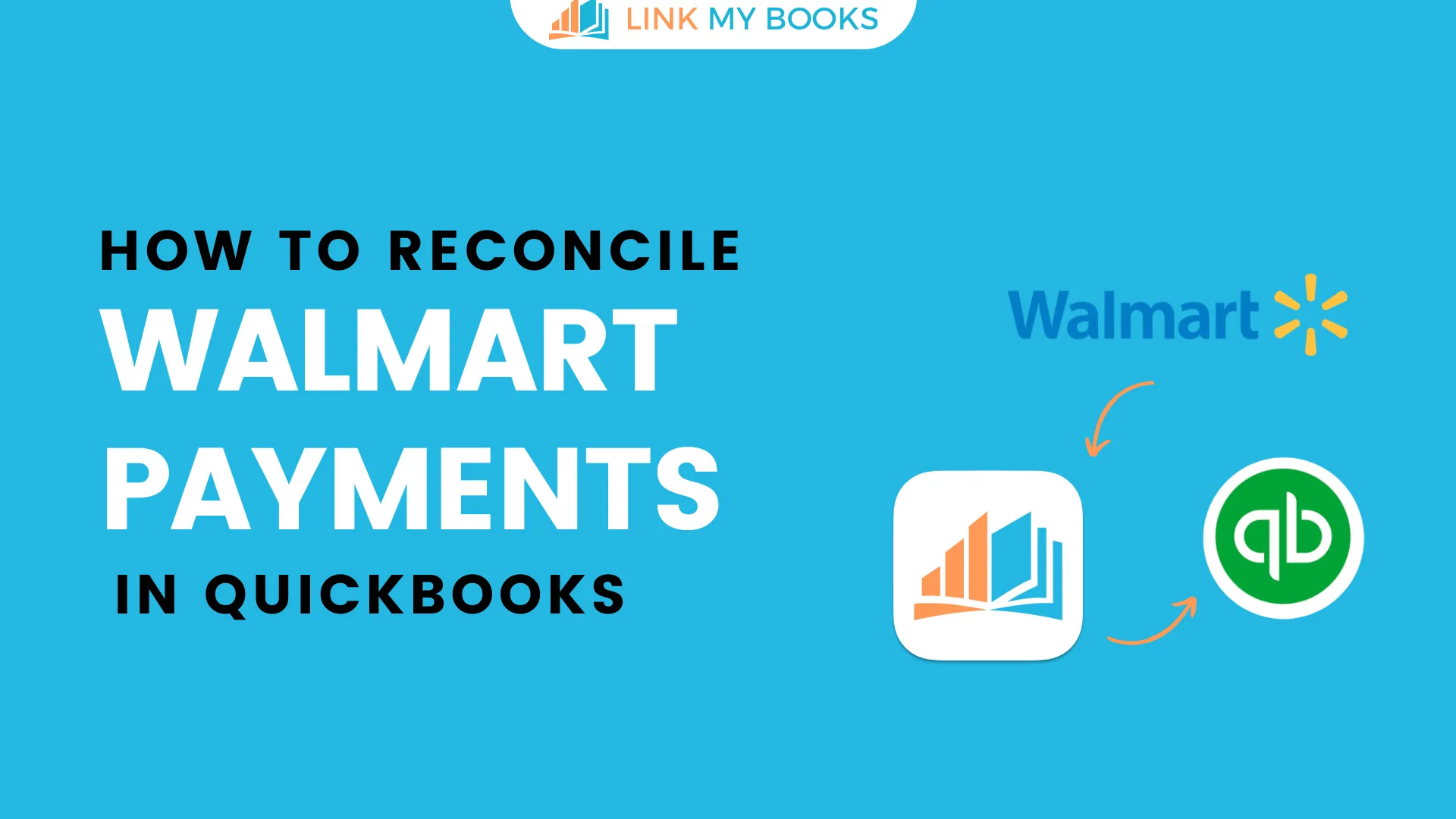
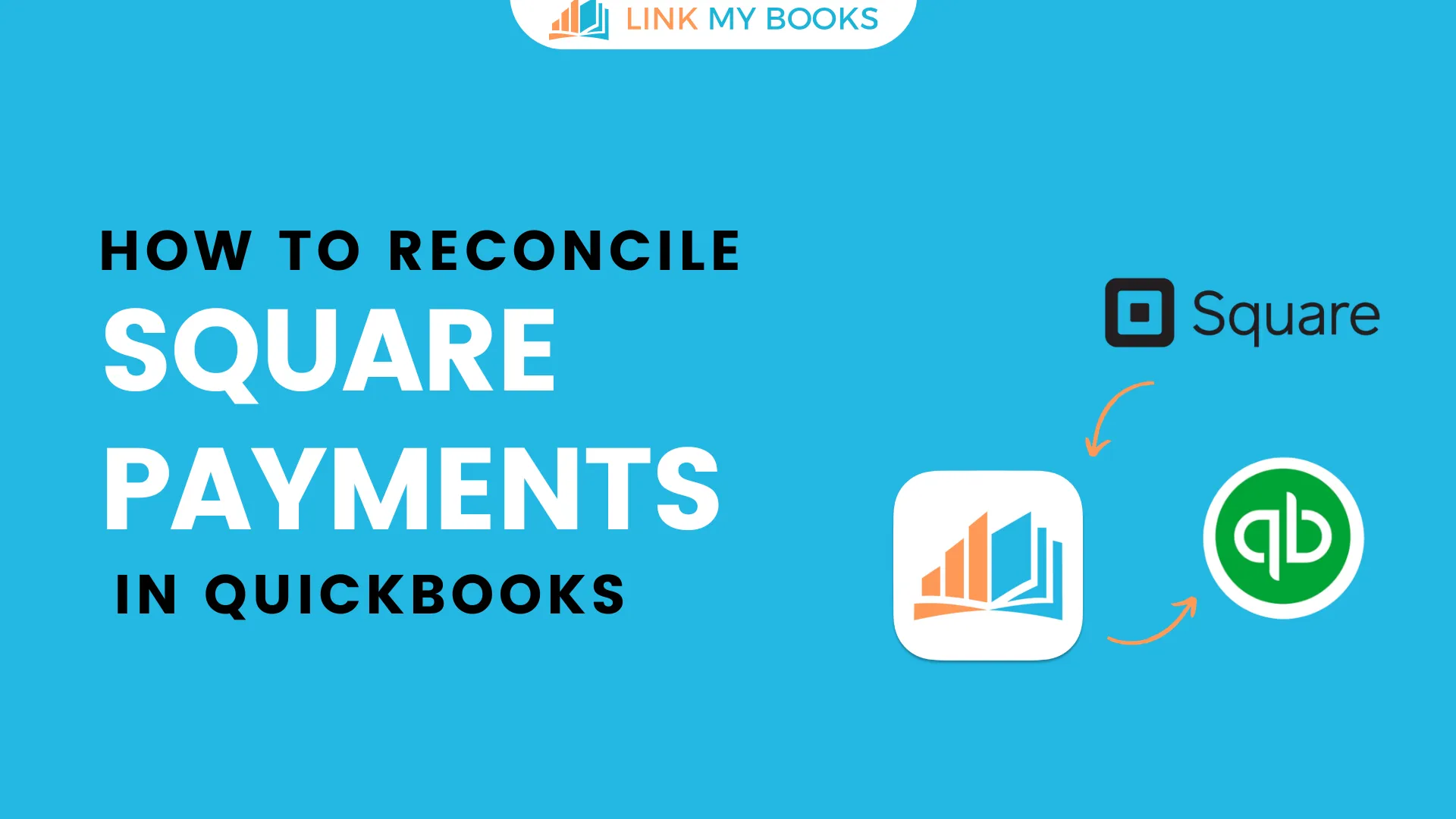
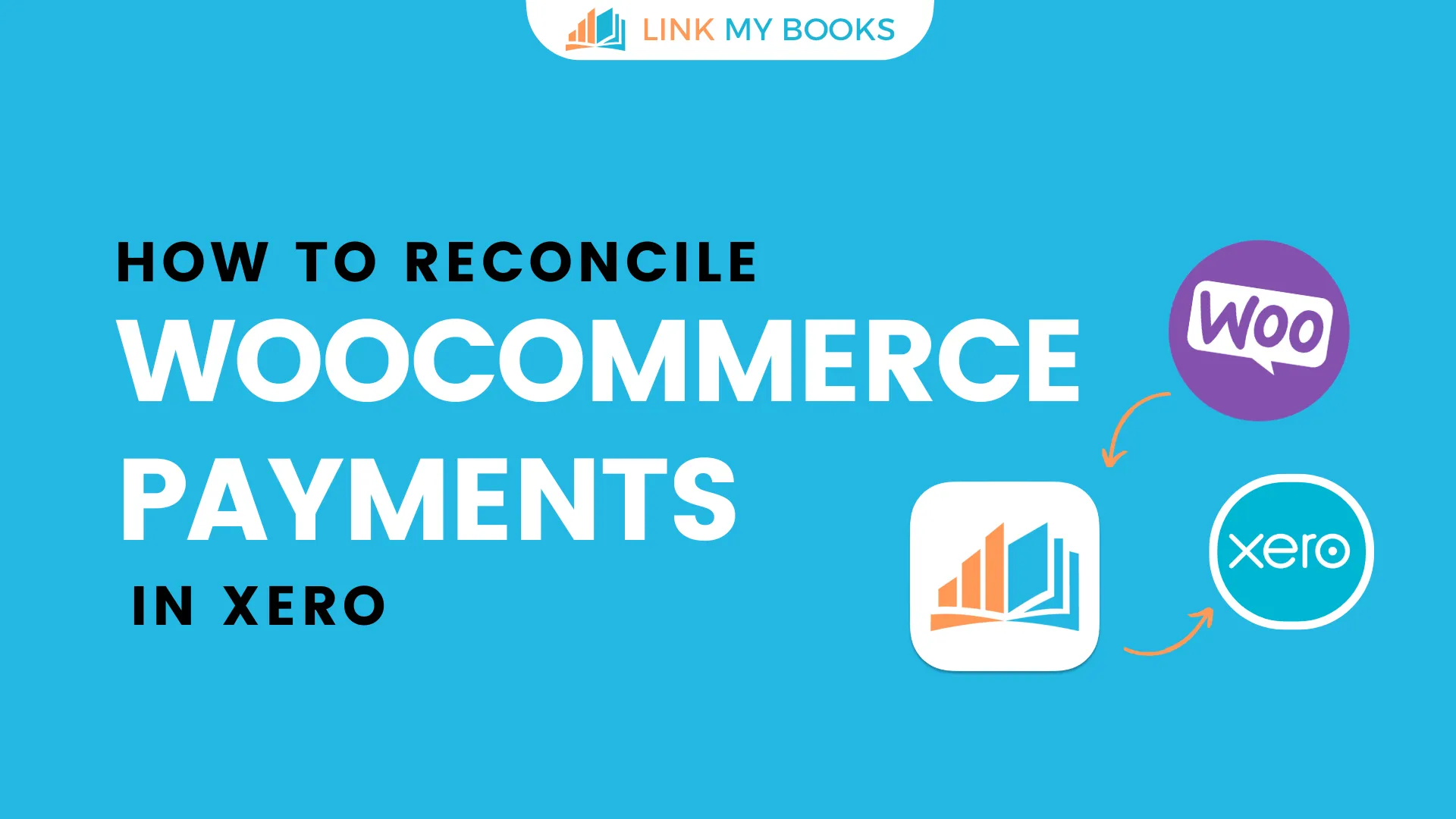
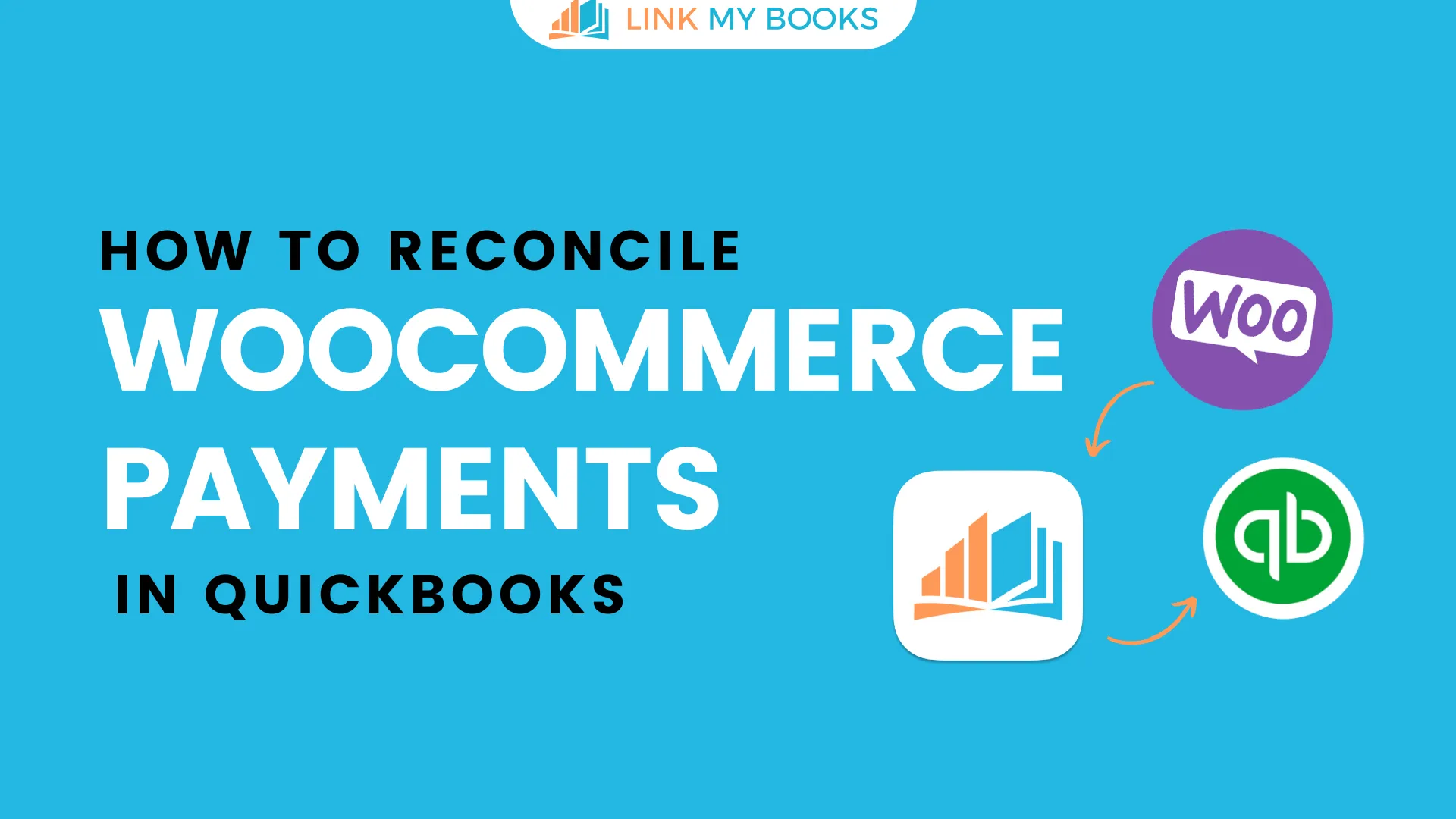
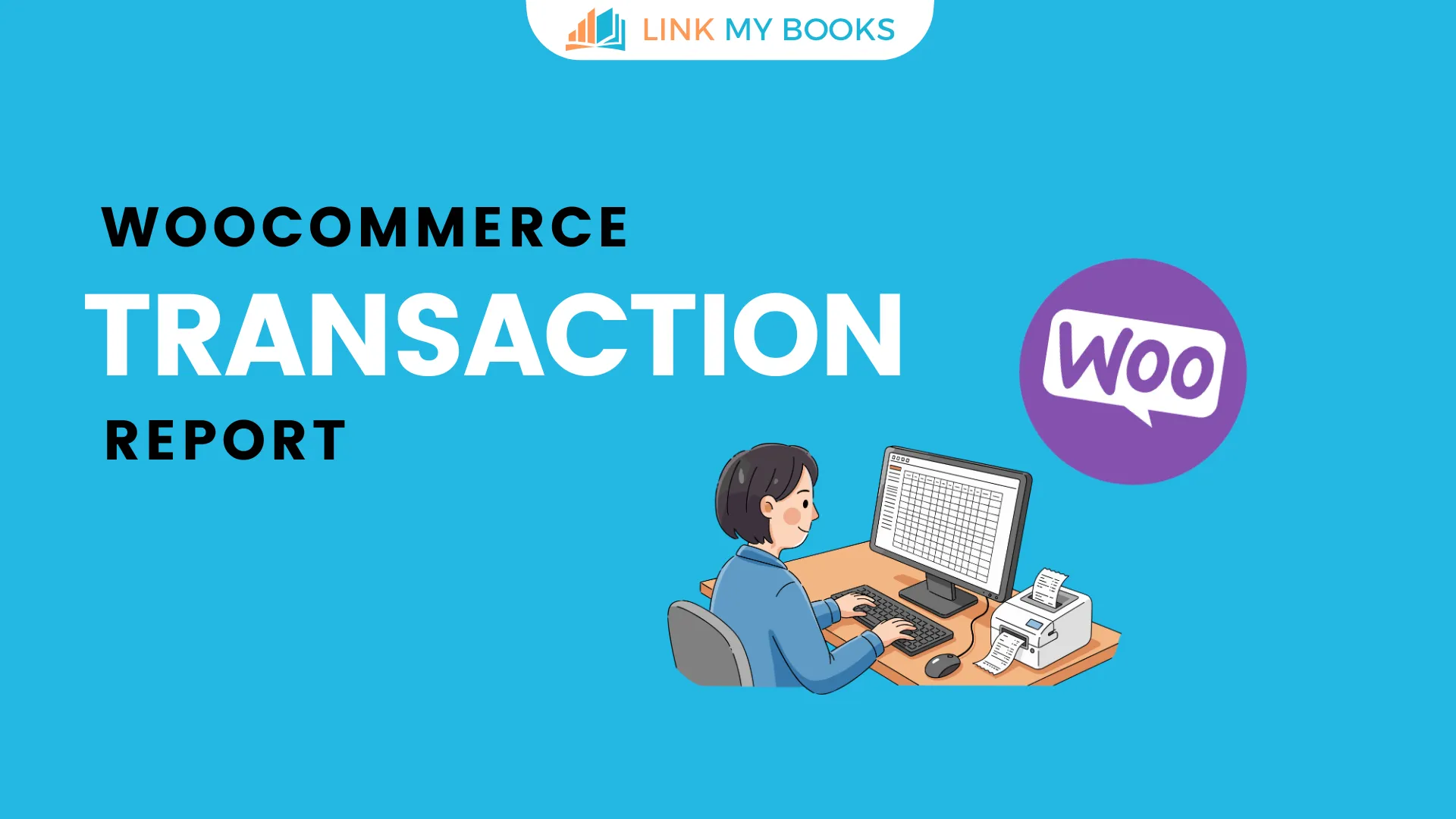


.png)